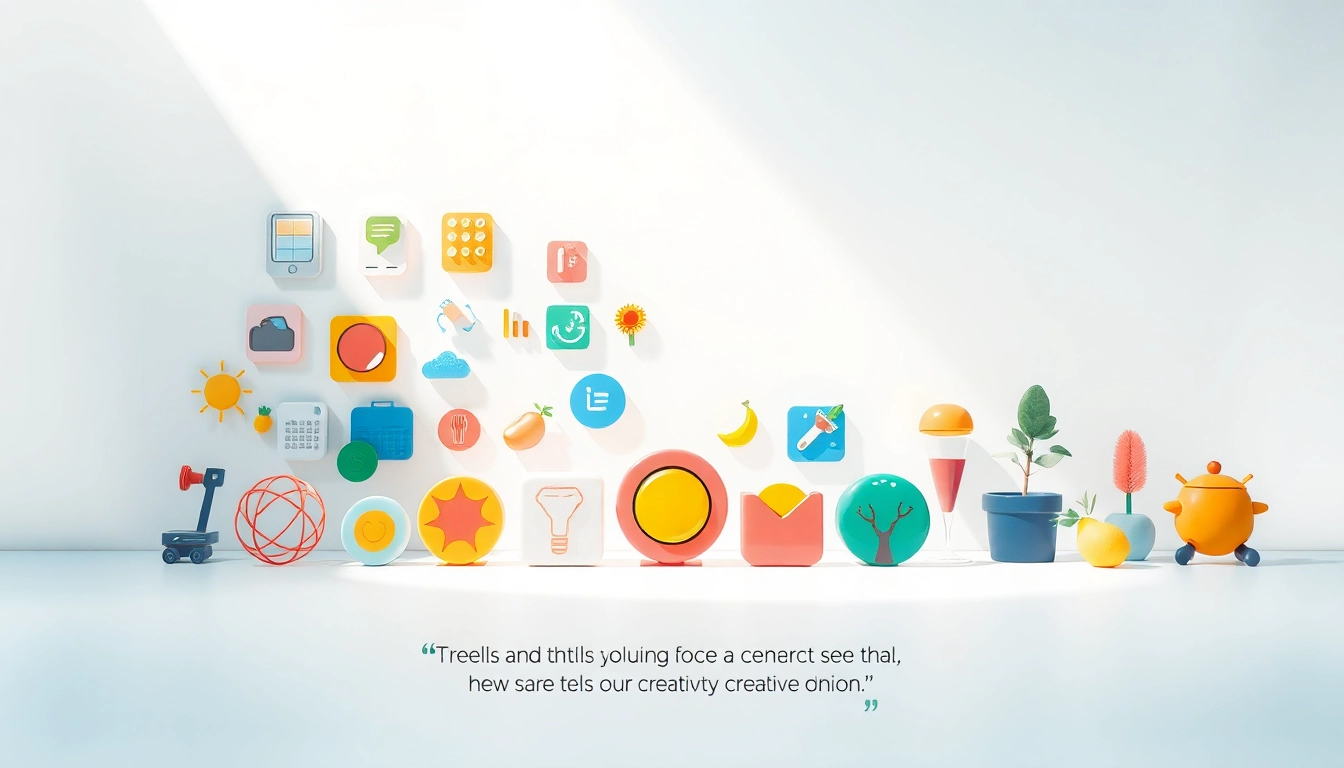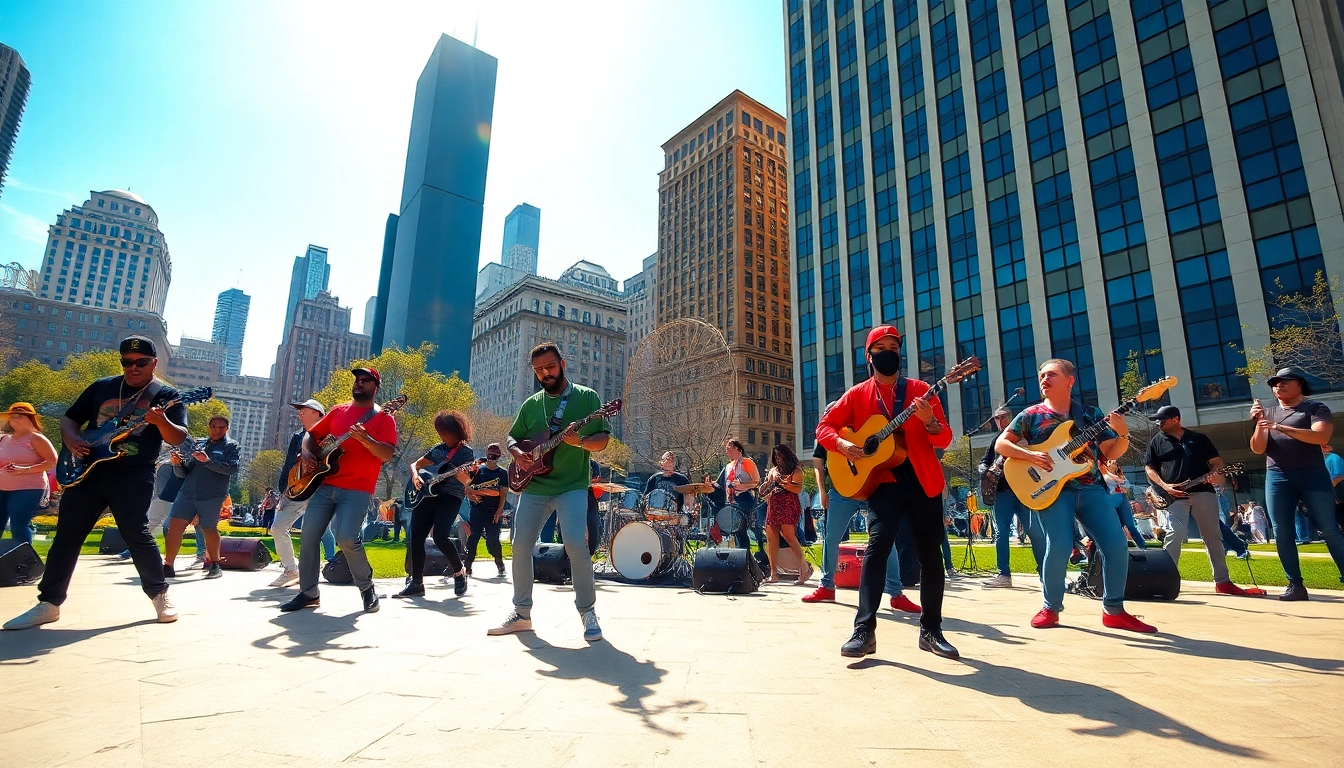Understanding Editing & Post-Production
Definition and Importance of Editing & Post-Production
Editing & Post-Production is an essential phase in the process of creating visually compelling narratives, be it in film, television, or digital content. This stage involves transforming raw footage recorded during production into a polished final product that effectively communicates its intended message. Without meticulous editing and post-production work, even the most well-shot footage can miss the mark in terms of storytelling and audience engagement. The significance of this process extends beyond mere cuts and transitions; it is about weaving together visual storytelling, sound design, and special effects to create a coherent product. The result is a refined video that resonates with viewers, often leaving a lasting impression.
The Editing & Post-Production process encompasses various technical and creative elements that demand a keen eye for detail and a thorough understanding of narrative structure. Through effective editing, one is not only assembling footage but also crafting an emotional resonance that makes the story impactful.
Key Stages of the Post-Production Process
The post-production process can be broadly categorized into several key stages, each playing a vital role in shaping the final output:
- Importing Footage: This is the first step where raw footage is organized and stored in a digital environment, making it easily accessible for editing.
- Rough Cut: Editors create an initial version of the video, where all the shots are laid out according to the script. This version will often be long and unpolished, serving as a foundation for refinement.
- Fine Cut: The fine cut involves a more detailed approach to refining the footage. Editors make precise cuts, ensuring the pacing and flow of the narrative align with the intended artistic vision.
- Sound Design: Sound design is crucial in post-production, encompassing voiceovers, sound effects, and background music that enhance the emotional impact of the visuals.
- Visual Effects (VFX): VFX can transform standards into stunning visuals by adding elements like CGI, which not only augment the narrative but elevate the production quality to a professional level.
- Color Grading: This process involves adjusting the colors and tones of the footage to create a consistent look and feel, enhancing mood and visual storytelling.
- Final Review: Before delivery, a thorough review ensures that every aspect of the project meets the desired standards in terms of audio-visual aesthetics.
- Exporting: The final step is exporting the project to various formats suitable for distribution across multiple platforms, whether for online streaming, broadcast television, or cinematic release.
Common Tools and Software Used in Editing & Post-Production
Modern editing and post-production workflows are heavily reliant on sophisticated software solutions that streamline the editing process. Here are some of the most common tools used by professionals:
- Adobe Premiere Pro: A leading choice for video editing, offering a wide range of features from basic cuts to complex edits with multi-camera support.
- Final Cut Pro: Popular among Mac users, this software provides high-performance capabilities with a user-friendly interface tailored for video editors.
- DaVinci Resolve: Known for its superior color grading capabilities, it effectively combines editing and post-production tools into a single software.
- Avid Media Composer: This industry-standard software is used for complex projects in film and television, featuring powerful editing tools suitable for large teams.
- After Effects: Essential for adding visual effects, motion graphics, and animations, complementing the video editing process.
Essential Techniques for Effective Editing
Organizing Footage for Seamless Editing
The foundation for efficient editing starts with meticulous organization of footage. Clear and consistent organization ensures that editors can quickly locate specific shots and sequences, ultimately speeding up the entire workflow. Here are some effective strategies to consider:
- Labeling Files: Use a consistent naming convention for files to allow for easy recognition of scenes, takes, and versions.
- Creating Bins: Organize clips into bins based on categories such as scenes, angles, and sound files, facilitating easy navigation.
- Using Markers: Place markers in the software timeline to highlight key moments or areas that require special attention in the edit.
Editing Styles: Narrative vs. Non-linear Approaches
Editors often adopt different editing styles based on the project’s needs. Two prevalent styles are narrative and non-linear editing, each serving unique purposes:
Narrative Editing: This approach follows a linear structure, such as the traditional three-act format. It focuses on storytelling where each scene builds upon the last, leading to a cohesive narrative arc. This style is common in feature films and narrative-driven content.
Non-linear Editing: This technique allows for dynamic editing without following a chronological sequence. Editors can freely arrange shots, often relying on thematic or emotional connections rather than a strict timeline. This style is prevalent in music videos and experimental films, where creativity takes precedence over traditional storytelling conventions.
Sound Design and its Role in Post-Production
Sound design is a critical component of the post-production phase. It involves blending various auditory elements to create an immersive experience for the audience. Key aspects include:
- Dialogue Editing: The clarity and quality of dialogue significantly impact storytelling. Removing background noise and utilizing ADR (Automated Dialogue Replacement) can dramatically enhance sound quality.
- Foley Art: This technique involves creating sound effects that sync with the visuals, adding depth and realism to the audio landscape.
- Soundscapes: Background ambient sounds establish the mood and environment of the scene, contributing crucial context to the visuals.
Visual Effects and Graphics in Post-Production
Integrating Visual Effects to Enhance Storytelling
Visual effects (VFX) are critical in modern filmmaking, transforming ordinary scenes into extraordinary experiences. By integrating VFX, filmmakers can create scenes that would be impossible to achieve practically. Key areas where VFX can enhance storytelling include:
- Creating Immersive Worlds: VFX allows editors to introduce fantastical environments, from alien landscapes to historical recreations, broadening the artistic scope of a narrative.
- Seamless Compositing: Combining live-action footage with CGI elements allows for dynamic storytelling, enhancing both aesthetics and emotional resonance.
- Motion Graphics: Animated graphics and titles can effectively communicate additional information, guiding viewers without detracting from the visual narrative.
Color Correction: Techniques and Tools
Color correction is a crucial post-production technique that ensures the video maintains a consistent palette and desired mood throughout the entirety of the project. It involves adjusting brightness, contrast, and the overall color tone to enhance visual storytelling. Effective color correction can:
- Establish Mood: By adjusting color schemes, editors can evoke specific emotions, utilizing warmth for comfort or cool tones for tension.
- Enhance Visual Cohesion: Ensuring uniformity across different scenes contributes to a seamless viewing experience, maintaining audience immersion.
- Highlight Key Elements: Specific colors can be utilized to draw attention to certain aspects of a scene, guiding the viewer’s focus effectively.
Use of Graphics and Titles for Professional Finishes
Graphics and titles play an instrumental role in culminating a professional finish to any video project. These elements often serve to inform and engage viewers. Here are some best practices in utilizing graphics and titles:
- Simplicity is Key: Overly complex graphics can distract from the content. Clean, simple designs will ensure that the focus remains where it should be—on the narrative.
- Consistency: Use a consistent style across titles and graphics to maintain brand identity and visual cohesion throughout the production.
- Timing: Graphics should appear and disappear in sync with the content to avoid disrupting the flow of the narrative.
Common Mistakes to Avoid in Editing & Post-Production
Editing Pitfalls: What Not to Do
Every editor encounters potential pitfalls that can detract from the final product. Here are some common mistakes and how to avoid them:
- Overindulging in Effects: While creative effects can enhance a project, excessive use can easily distract viewers and undermine the story.
- Pacing Issues: The flow of the edit should maintain viewer engagement. Long, tedious sequences can cause audience disconnect; hence, careful review and trimming are essential.
- Ignoring Sound Quality: Poor audio can undermine even the most visually stunning projects. Invest time in ensuring clear dialogue and balanced sound effects.
Time Management Strategies for Editors
Efficient time management is critical in post-production, especially when working within tight deadlines. Here are some strategies to enhance productivity:
- Set Clear Milestones: Break down the editing process into manageable tasks with specific deadlines to ensure timely completion.
- Prioritize Tasks: Identify which elements of the edit are crucial and tackle those first, ensuring that later stages do not suffer due to rushed work.
- Eliminate Distractions: Create a focused working environment to maintain productivity and minimize time lost to distractions.
Balancing Creativity and Technical Skills
While technical skills in software and workflow are essential, balancing these with creativity is paramount. Editors must be adept at:
- Storytelling: Understanding the narrative arc and how the edit influences emotional connection is key to effective storytelling.
- Problem Solving: The ability to creatively solve technical problems ensures that the vision remains intact, regardless of the challenges faced.
- Continuous Learning: The world of editing is ever-evolving. Staying updated with the latest trends and techniques enables editors to remain competitive and creative.
Trends and Future of Editing & Post-Production
Impact of Technology on Editing Techniques
As technology advances, so too do the methods and tools available to editors. Innovations such as artificial intelligence and cloud-based collaboration tools are reshaping the editing landscape. AI can assist in organizing footage, automating mundane tasks, and even suggesting edits based on data analysis. This enables editors to dedicate more time to creative decision-making and storytelling. Moreover, the shift towards cloud-based platforms allows for real-time collaboration among teams dispersed across the globe, enhancing creativity and efficiency.
Emerging Trends in Video Content Creation
Video content creation is becoming increasingly accessible, resulting in a plethora of new trends. Some notable trends include:
- Short-Form Content: With platforms such as TikTok and Instagram Reels gaining popularity, there is a growing emphasis on creating engaging stories in shorter formats.
- Interactive Videos: The rise of interactive content invites viewers to engage actively with the material, leading to a more immersive experience.
- Live Streaming: As audiences crave real-time interaction, live streaming has surged in popularity, necessitating immediate and agile editing techniques.
Preparing for the Future of Editing & Post-Production
To stay ahead in the ever-changing field of editing and post-production, professionals must remain adaptable and continuously evolve their skill set. Here are strategies for preparation:
- Embrace New Technologies: Familiarizing oneself with new tools and software ensures that editors can leverage technology effectively.
- Engagement with Industry Communities: Connecting with other professionals through forums, webinars, and social media can provide valuable insights and fresh perspectives.
- Continuous Portfolio Development: Regularly working on diverse projects, whether personal or professional, can enhance skills, making editors versatile and appealing to clients.














Leave a Reply